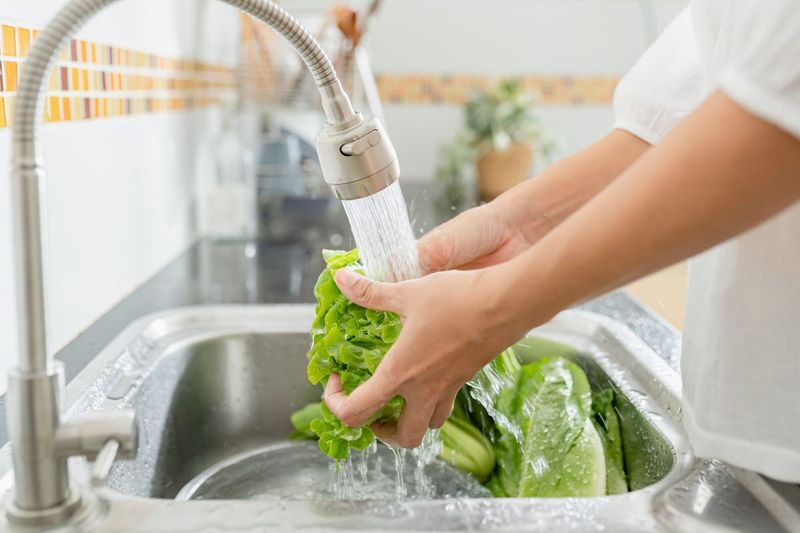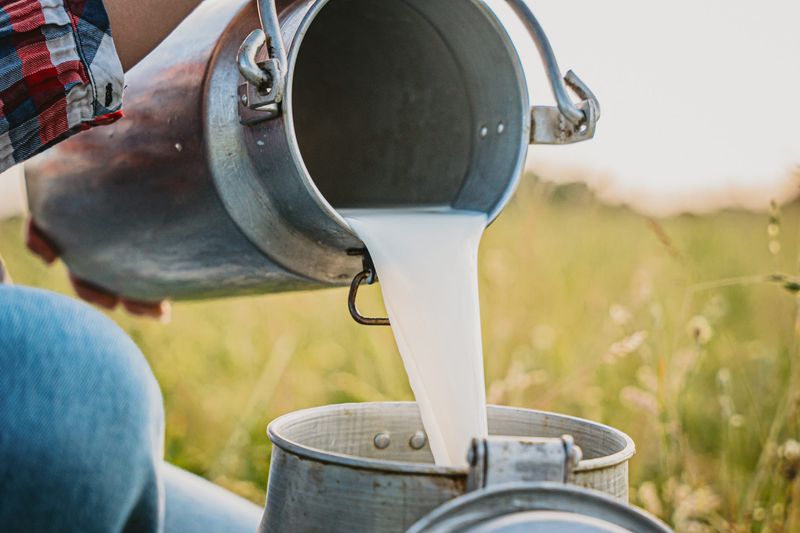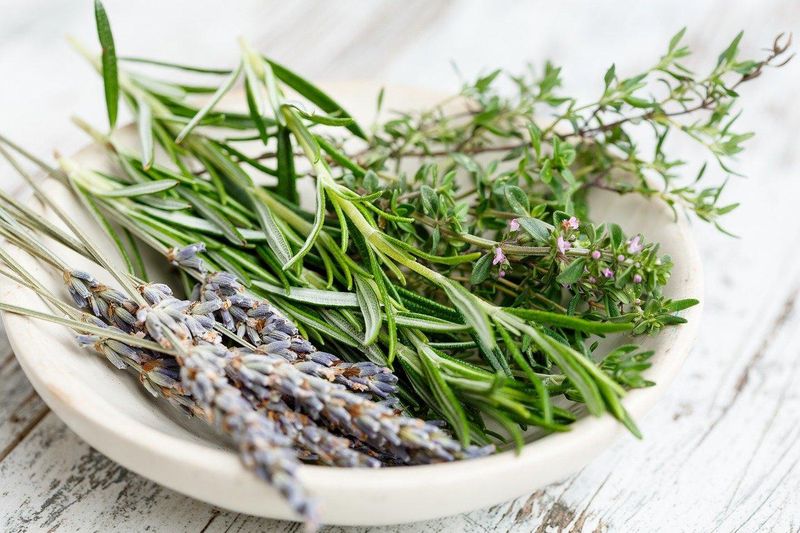Every year, millions of people fall ill from foodborne illnesses caused by bacteria, viruses, and toxins lurking in everyday meals. While food poisoning can often be traced back to mishandling or undercooking, certain foods are statistically far more likely to harbor dangerous pathogens—no matter how fresh or clean they appear. Understanding which items carry higher risks can be a powerful step in protecting yourself and your loved ones from a very unpleasant (and sometimes dangerous) experience.
Food safety experts and public health data consistently point to a list of repeat offenders—foods that are not only common in households and restaurants, but also regularly tied to outbreaks and recalls. These include some surprising staples, like bagged leafy greens, deli meats, and even cooked rice. The danger doesn’t always come from poor hygiene alone; factors like how the food is grown, stored, or served can also contribute to contamination.
In this guide, we’ll explore the top 10 foods that experts say are most often linked to food poisoning. From the salad bar to the sushi counter, we’ll break down what makes these foods risky, the types of bacteria they typically carry, and how to reduce your chances of getting sick. With a bit of knowledge and careful handling, you can still enjoy these foods—just with a sharper eye on safety.
1. Leafy Greens

Those innocent-looking salad greens might be harboring dangerous bacteria right under your nose. Leafy greens like spinach, lettuce, and kale are frequently linked to widespread foodborne illness outbreaks caused by E. coli, Salmonella, and Listeria. The problem stems from multiple contamination opportunities—irrigation water, animal intrusion in fields, and handling during harvesting and processing. Even packages labeled as ‘triple-washed’ aren’t guaranteed safe. The complex structure of leafy greens, with their many folds and crevices, creates perfect hiding spots for harmful bacteria. During large commercial washing processes, contamination from a single leaf can spread throughout an entire batch. To reduce your risk, wash all greens thoroughly under running water, even pre-washed varieties. Store them properly in the refrigerator and discard any that appear slimy or discolored. Consider cooking leafy greens when serving vulnerable populations like young children, pregnant women, or elderly individuals.
2. Deli Meats

Behind the deli counter lurks a surprising food poisoning culprit that affects thousands annually. Ready-to-eat deli meats provide the perfect environment for Listeria monocytogenes, a bacterium that can grow even at refrigerator temperatures. Unlike many foodborne pathogens, Listeria doesn’t always cause immediate symptoms, making outbreaks harder to trace. A 2024 Boar’s Head outbreak highlighted this danger when multiple people were hospitalized after consuming contaminated deli products. Listeriosis poses particular dangers to pregnant women, potentially causing miscarriage or stillbirth, and to older adults and immunocompromised individuals. To minimize risk, consume deli meats within 3-5 days of purchase, and heat them until steaming hot (165°F) before eating, especially if you’re in a high-risk group. Factory-sealed packages generally pose less risk than meats sliced at the deli counter, where cross-contamination between products can occur through shared equipment.
3. Raw Poultry

Raw chicken might as well come with a hazard warning label given its status as a leading food poisoning source. Nearly all raw poultry harbors bacteria like Salmonella and Campylobacter, which spread easily in your kitchen through drips, splashes, and contaminated surfaces. A single drop of raw chicken juice can contain enough pathogens to make someone seriously ill. Eggs present another poultry-related risk, as Salmonella can exist both on shells and inside undamaged eggs. The CDC estimates that Salmonella causes approximately 1.35 million infections, 26,500 hospitalizations, and 420 deaths in the United States annually, with poultry products being major contributors. Protect yourself by cooking chicken to an internal temperature of 165°F and eggs until both whites and yolks are firm. Use separate cutting boards for raw poultry, wash hands thoroughly after handling, and sanitize all surfaces that contact raw poultry immediately. Never wash raw chicken in your sink, as this spreads bacteria through water splatter.
4. Seafood and Shellfish

That tempting seafood tower might deliver more than just oceanic flavors to your table. Raw and undercooked seafood, especially shellfish like oysters, clams, and mussels, frequently harbor harmful bacteria and viruses that cooking would normally destroy. Oysters, in particular, act as natural filters, concentrating everything in their environment—including Vibrio bacteria and norovirus—within their tissues. Histamine poisoning, often called scombroid, presents another seafood risk when certain fish species aren’t properly refrigerated. The fish flesh develops high levels of histamine, causing symptoms that resemble an allergic reaction rather than typical food poisoning. To enjoy seafood safely, purchase from reputable sources that follow proper harvesting and storage protocols. Cook finfish to 145°F or until flesh is opaque and separates easily. For shellfish, cook until shells open during cooking (discard any that remain closed). If enjoying raw oysters, understand that no amount of lemon juice or hot sauce will kill potential pathogens.
5. Raw Sprouts

Those crunchy little sprouts adding texture to your sandwich carry an outsized food poisoning risk that might make you reconsider their nutritional benefits. The warm, humid conditions required to grow sprouts create the perfect breeding ground for bacteria like Salmonella, E. coli, and Listeria. The seeds themselves may contain pathogens inside their shells where washing can’t reach them. As sprouts germinate, bacteria multiply rapidly in the warm water used during sprouting. A single contaminated seed can spread bacteria throughout an entire batch during commercial production. The CDC has investigated dozens of sprout-related outbreaks over the past few decades, affecting thousands of people. While healthy adults might risk eating raw sprouts, they’re particularly dangerous for young children, elderly people, pregnant women, and those with weakened immune systems. Cooking sprouts thoroughly kills harmful bacteria, making them safer to consume. When dining out, specifically request no raw sprouts on sandwiches and salads if you’re concerned about the risk.
6. Cooked Rice

That innocent-looking leftover rice might be a ticking food poisoning time bomb sitting in your refrigerator. Cooked rice contains Bacillus cereus, a bacterium that produces heat-resistant spores that survive the cooking process. When rice cools to room temperature, these spores germinate into bacteria that multiply rapidly while producing toxins that can cause serious gastrointestinal distress. The danger increases dramatically with time—rice left out for just a few hours can develop enough toxins to cause illness. What makes this particularly treacherous is that these toxins can’t be destroyed by reheating, so even thoroughly heated leftover rice may still make you sick. Protect yourself by serving rice immediately after cooking and refrigerating leftovers within one hour. Don’t let cooked rice sit at room temperature, especially at buffets or picnics. When reheating, ensure rice reaches at least 165°F throughout, and never reheat rice more than once. Discard any rice that’s been left at room temperature for extended periods, even if it looks and smells fine.
7. Unpasteurized Dairy

That artisanal raw milk cheese might offer authentic flavor, but it comes with genuine food poisoning risks that pasteurization would eliminate. Unpasteurized dairy products—including raw milk, soft cheeses like queso fresco, cotija, and some varieties of brie and camembert—skip the pathogen-killing heat treatment that makes conventional dairy products safer. Raw milk can harbor dangerous bacteria including E. coli, Salmonella, Listeria, and Campylobacter straight from the animal source. These pathogens cause thousands of illnesses annually, with children and pregnant women facing the highest risks. Listeria infection during pregnancy can lead to miscarriage, stillbirth, or life-threatening infection of the newborn. Soft cheeses made from unpasteurized milk pose particular dangers because their higher moisture content and less acidic environment allow bacteria to thrive. Check labels carefully—all dairy products sold across state lines must indicate whether they’re made with pasteurized milk. Pregnant women, young children, older adults, and people with compromised immune systems should avoid unpasteurized dairy products entirely, regardless of their culinary appeal.
8. Raw Carrots

Those crunchy orange staples of veggie trays have been implicated in several serious food poisoning outbreaks that surprised even food safety experts. Raw carrots can become contaminated with E. coli and other pathogens through soil, irrigation water, or handling during harvest and processing. Their textured surface provides numerous hiding spots for bacteria to cling to, making them difficult to clean completely. Carrots grown in soil fertilized with improperly composted manure face particularly high contamination risks. When processed in large commercial facilities, a single contaminated carrot can potentially spread bacteria to thousands of pounds of product. Pre-shredded or baby carrots undergo additional handling, increasing cross-contamination opportunities. To reduce your risk, scrub whole carrots thoroughly under running water before peeling or eating. Store them properly refrigerated and separate from raw meats and seafood. Consider cooking carrots for young children, elderly individuals, and those with compromised immune systems, as heat kills most harmful bacteria. Watch for recalls affecting bagged baby carrots or pre-cut varieties, which have been subject to multiple safety alerts.
9. Raw Onions

Those tear-inducing kitchen staples have been at the center of some of the most widespread foodborne illness outbreaks in recent years. Raw onions present a perfect storm of food safety challenges—their layered structure provides numerous surfaces where bacteria can hide, and they’re rarely cooked when used in salads, sandwiches, and toppings. The 2023 E. coli outbreak linked to McDonald’s Quarter Pounders highlighted this danger when sliced onions were identified as the likely culprit. Contamination typically occurs during growing, harvesting, or processing. Irrigation water, soil amendments, or improper handling can introduce pathogens that become trapped between onion layers. Once contaminated, bacteria can survive for extended periods in the cool, dry conditions where onions are typically stored. To minimize risk, remove and discard the outer layers of onions before use, as these have the highest contamination potential. Store onions in clean, dry locations away from raw meats. Pay attention to food safety recalls, which have increasingly included onions in recent years.
10. Fresh Herbs

Those aromatic herbs elevating your culinary creations might be carrying unwelcome pathogens alongside their vibrant flavors. Fresh herbs like basil, cilantro, and parsley have been linked to numerous Salmonella and Cyclospora outbreaks in recent years. Organic varieties aren’t inherently safer—in fact, a significant outbreak in 2023 involved organic basil contaminated with Salmonella that sickened dozens and hospitalized several consumers. Herbs present unique food safety challenges because they’re often consumed raw, grown close to the ground, and have complex surfaces with many hiding places for bacteria. Their cultivation typically involves significant water contact, creating multiple contamination opportunities. Many herbs are imported from regions with different agricultural practices and food safety standards. Reduce your risk by washing herbs thoroughly under cold running water, even when labeled pre-washed. Dry them completely with a clean towel or salad spinner before use. Consider using herbs in cooked dishes when serving high-risk individuals. Growing your own herbs gives you greater control over growing conditions and handling, potentially reducing contamination risks.
Leave a comment